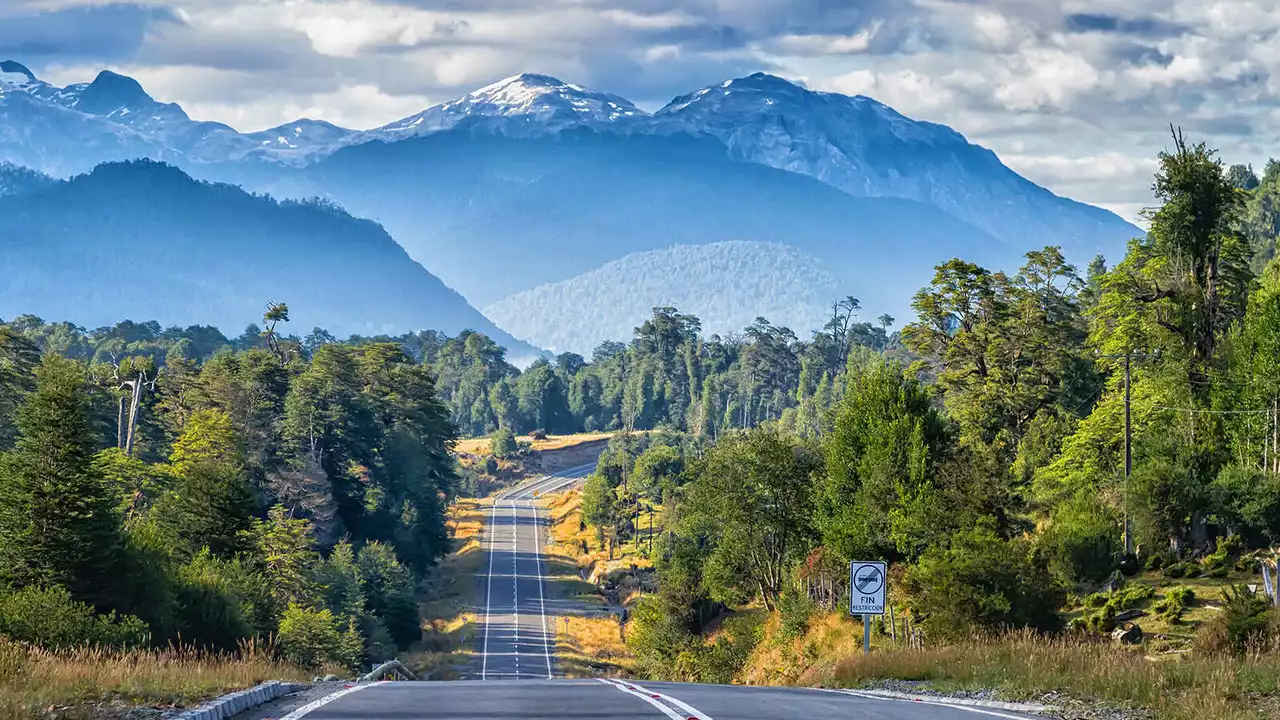Denver to Seattle: The Ultimate Motorcycle Road Trip
Thinking about taking your bike from Denver all the way up to Seattle? It’s a ride full of mountains, open roads, and unforgettable sights. Grab your helmet, pack a few spare parts, and let’s break down what you need to know before you hit the highway.
Choosing the Best Route
The most popular way is to follow I‑80 west from Denver to I‑90, then head north into Washington. This path gives you a mix of high‑altitude passes and low‑key stretches where you can cruise without constantly shifting gears. If you prefer a quieter road, consider taking US‑285 south to US‑40, then cutting over to I‑84 through Boise. Both routes end up in Seattle, but the scenery changes dramatically.
Must‑Stop Locations
Don’t miss Rocky Mountain National Park. Even a quick detour for a photo at Trail Ridge Road adds a massive payoff. After crossing the mountains, a good fuel break in Grand Junction helps you reset before the long desert stretch. When you hit Boise, stretch your legs at the Boise River Greenbelt – perfect for a short walk and a snack. A final highlight is Portland’s food trucks; they’re a cheap and tasty way to fuel up before the last push into Seattle.
Each stop also gives you a chance to check your bike. Look over the brakes, chain, and tire pressure. A quick visual inspection can catch a loose bolt before it becomes a bigger problem.
Now, let’s talk gear. A good pair of waterproof riding pants and a breathable jacket will keep you comfortable from Denver’s summer heat to Seattle’s occasional rain. Carry a compact tool kit – you’ll thank yourself when a loose screw shows up on a remote stretch. If you ride a Derbi, pack a spare spark plug and a small bottle of chain lubricant; those are cheap and can save a day.
Fuel planning matters too. While most interstates have stations every 50‑60 miles, the mountain sections can have longer gaps. Fill up whenever you see a sign, even if the gauge still reads high. It’s better to have extra fuel than to scramble for a station in a snow‑covered pass.
Weather changes fast in the Rockies. Pack a light rain cover for your bike and keep an extra set of gloves dry. If a sudden thunderstorm rolls in, find a safe pull‑out spot and wait it out – it’s safer than trying to push through slick roads.
Navigation is simple with a phone app, but bring a physical map as backup. Signal can drop in high valleys, and you don’t want to rely on a dead battery when you’re seeking the next town.
When you finally roll into Seattle, give yourself a day to explore the city’s bike lanes and waterfront. The Space Needle view is worth the climb, and you can park your bike at the nearby public garage without a hassle.
Bottom line: the Denver to Seattle ride is doable for most riders as long as you plan fuel, gear, and a few rest stops. Keep your bike in good shape, pack the right clothing, and enjoy the ever‑changing landscape. Ready to hit the road?
After doing some research, I've found that the best route to drive from Denver to Seattle during winter is to take I-25 N and I-90 W, which is the most straightforward and safe route. It's important to keep in mind that winter conditions can be unpredictable, so be sure to check weather forecasts and road conditions regularly. It's also a good idea to equip your vehicle with winter tires, carry an emergency kit, and plan plenty of time for rest stops. Don't rush the trip, safety should always be your priority. Lastly, enjoy the scenic beauty of this route, as it offers spectacular views of the Rocky Mountains and the Pacific Northwest.

 Motorsports and Racing
Motorsports and Racing